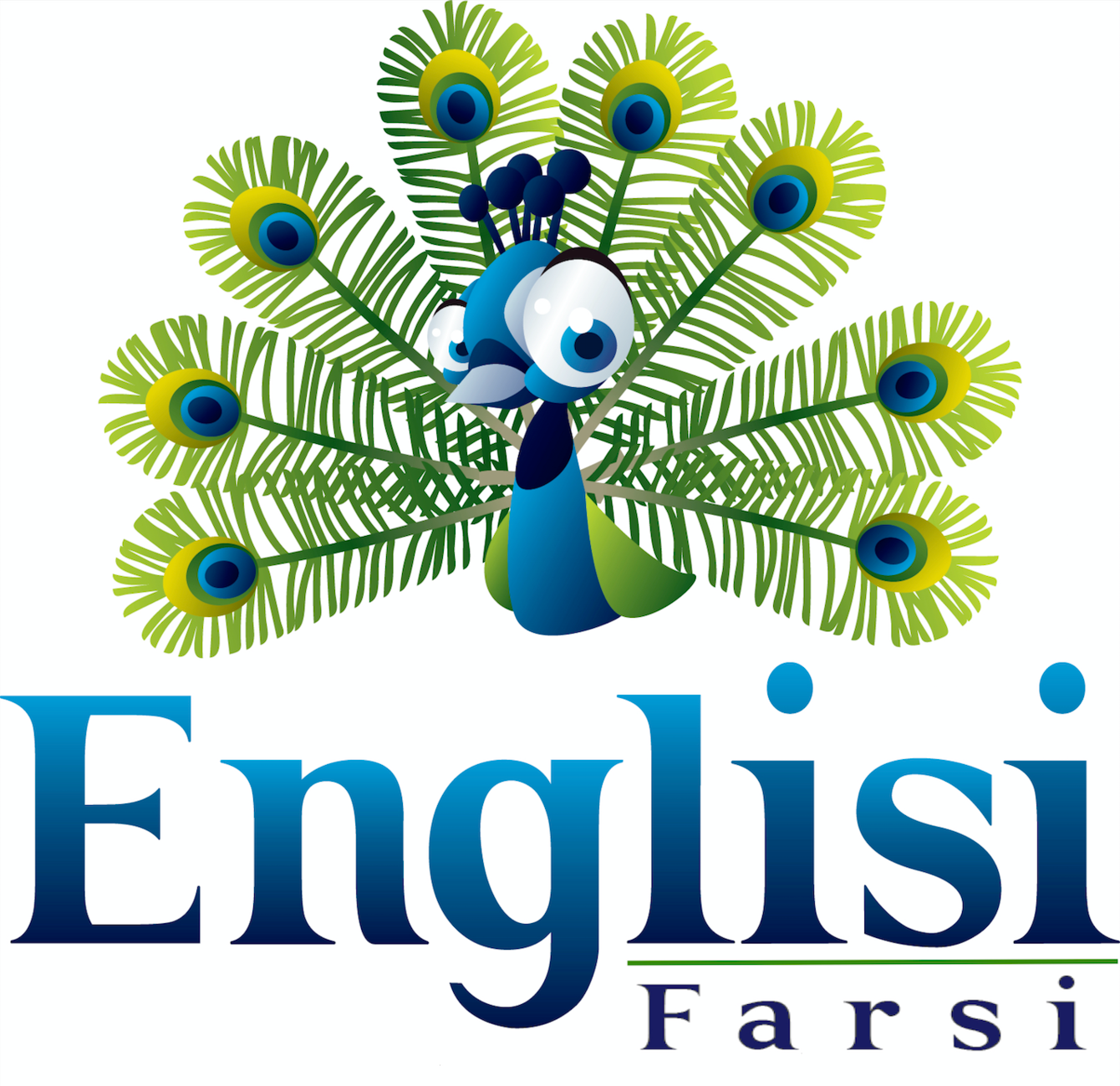Happy
Norúz! Nowrúz! Nawrúz! Norooz! Nowrooz! Nawrooz! Nouroz!
Have you ever wondered why you see a table of gold fish, garlic, coins and eggs magically appear in Persian homes around mid march?
Mona Kiani,
chief enthusiast from
Englisi Farsi Headquarters breaks it down.
The Persian new year is traditionally celebrated to bring in the start of
Spring : Bahár : نوروز
but this is only true for those dwelling in the northern hemisphere.
What do those Iranians living in the Southern Hemisphere do?
Do they celebrate it too?
The answer is yes!
Although we are very well aware that its autumn and winter months that proceed the celebration of the Persian New Year, it Is still a great time for celebration and festivities as the Iranian diaspora in Australia gather to show joy and cheer with their family and friends.
Definition:
No : New
Rúz : Day
Literally translates to "NEW DAY"
In preparation for the new year, those celebrating spring clean their homes and purchase new clothes to bring in the new year. The families prepare to meet and visit the family elders to pay their respects food, fruit and flowers are shared in abundance.
Ill never forget visiting my paternal grandmother each year and receiving Aídi : money for my troubles. It was the highlight of my childhood!
And that brings us to the most well known and iconic tradition.
THE HAFT SIN
What is Haft Sín?
Haft Sín or the Seven S's is the traditional table setting of Norúz in Iran. Family members usually sit around a setting with Haft Sín set and await the moment of Norúz.
At that time, the New Year gifts are exchanged.
Haft sín includes seven items starting with the letter S or sín (س) pronounced "seen"
These items include:
- Greenery (سبزه – sabzeh): Wheat, Barley or Lentil sprouts grown in a dish (Symbolises Rebirth)
- Pudding (سمنو – samanú): A sweet pudding made from germinated wheat (Symbolising affluence)
- Dried Fruit (سنجد – senjed) The dried fruit of the oleaster tree (Symbolising Love)
- Garlic (سیر – sír) (Symbolising Medicine)
- Apples (سیب – síb) (Symbolising Beauty & Health)
- Sumac berries (سماق – somágh) (Symbolising Colour of the sunrise)
- Vinegar (سرکه – serkeh) (Symbolising Age & Patience)
There are other items that you may see scattered on the table that have significance such as
coins: Sekkeh (Symbolising wealth & prosperity)
Hyacinth : Sombol (Symbolising Spring Flower)
Egg: Tokhme Morgh (Symbolising fertility)
Candles: Sham (Symbolising illumination & Enlightenment)
Sweets : Shirini (Symbolising sweetness)
So from our family to yours, may this year bring you health, patience, love and many sekkeh and all that your heart desires.
Happy Norúz dear friends.
Happy New Year everybody! We hope you get to spend it with those you love.
Bá e'shgh,
Moná
For the first time, Persian and non-Persian parents can teach their children Farsi using the familiar phonetics of the English alphabet (finglisi). To cater to the next generation of multi-lingual and multi-national families, the series are available in printed book and e-Book form with interactive audio pronunciation and inviting, colourful images.
Englisi Farsi Persian Book & Flash Card Series
The perfect gift for Persian New Year!


